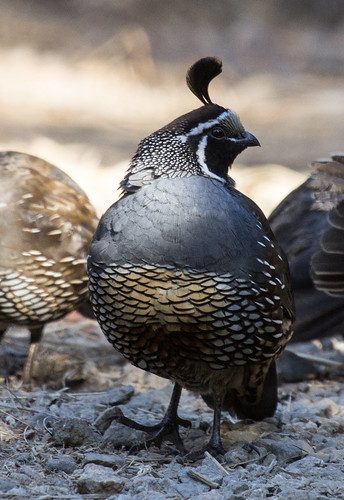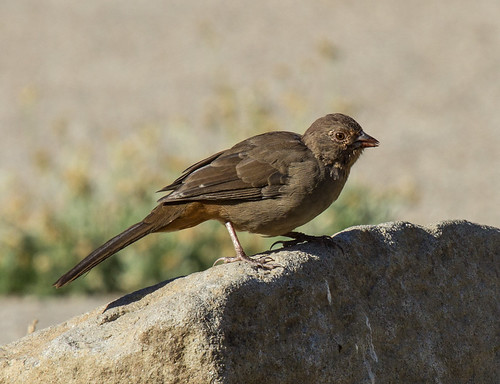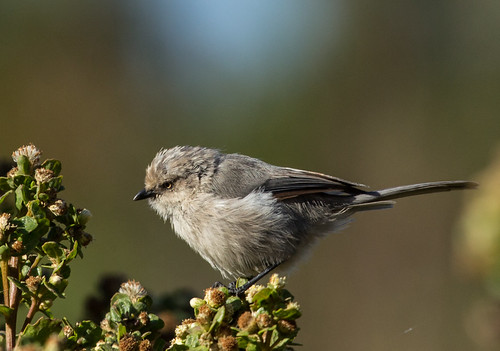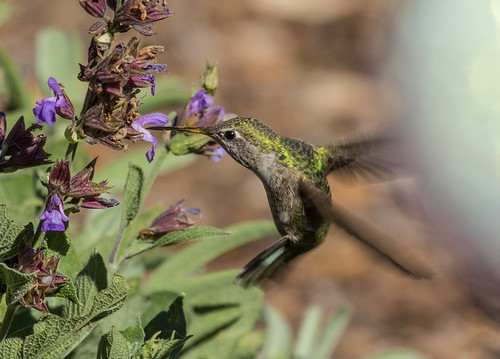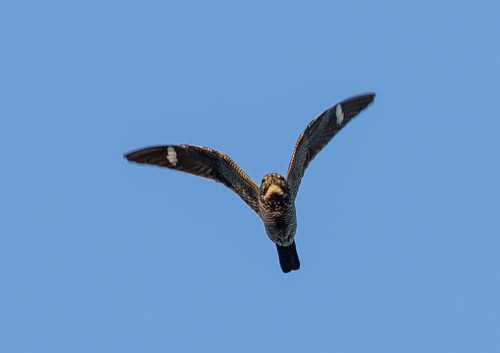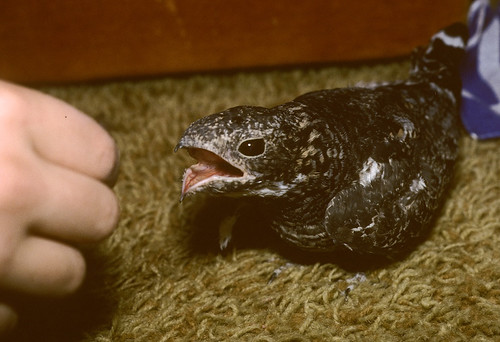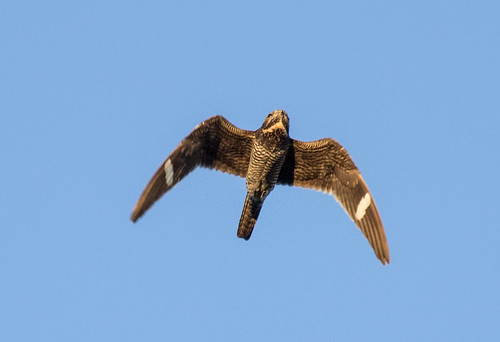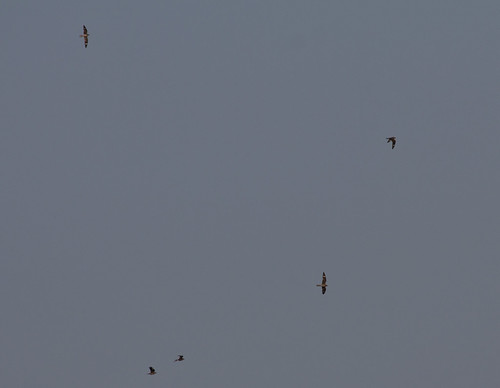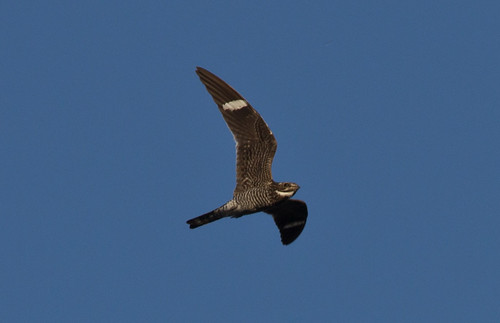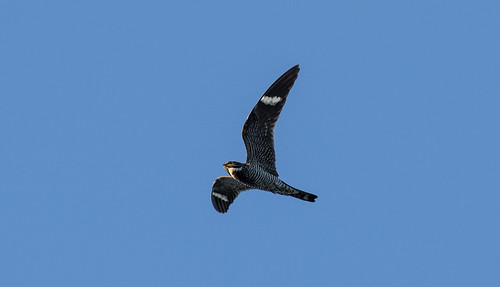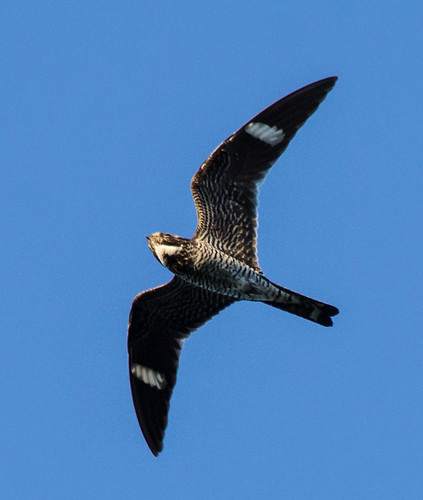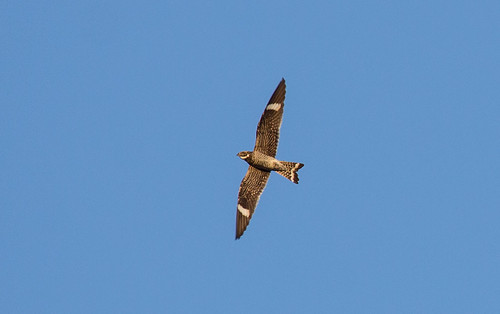Six Hundred. I’ve been fixated on that magic number since I started birding and read The Bird Watcher’s Anthology, edited by Roger Tory Peterson. One essay in it was about the Six Hundred Club, which isn’t a formal club but rather a self-designation for birders who have seen over 600 species in North America. For the purposes of birders from the United States and Canada, that means just the continental US and Canada, so birds on the far side of the Mexican border don’t count. That book was published in 1957. Since then, birding has grown more sophisticated, and travel is much simpler and easier than it was, so more birders now have broken 700 than had 600 back then. I’ve never aspired to 700 (though if I ever do make it, I’ll be pretty darned pleased), but after reading this book, I yearned very specifically to get my list over 600. I accomplished that in 1999 when we took a family vacation to Florida. My number 600 species was the Florida Scrub-Jay, and the moment I saw it is seared into my memory. Russ and the kids enjoyed how tame the little family of scrub-jays was, too.
Now my lifelist for North America is over 650, but the magic of the number 600 has permeated my brain so thoroughly that my current goal is to see over 600 species during my Conservation Big Year. The biodiversity of the United States is great, but that’s because we have so many different habitats and climates. The only way you can see 600 is to get to a lot of those habitats.
All this travel in a single year is more than I ever thought I’d be able to do. Even when I had the money and time to travel while working for a Duluth optics company, I only took at most four trips in a single year. So far in 2013 I’ve taken road trips, birding all along the way, to Florida, Maine, and New Mexico, and flying trips to Texas, Colorado, Kansas, Oklahoma, and Delaware. This is very small potatoes compared to what I’d need to do for a “real” Big Year—the kind featured in the movie The Big Year. One guy this year is trying to beat the all-time record of 745—he’s been to all the basic birding places, including the Aleutian Islands, plus hopping a jet any time a vagrant appears in an out-of-the-way spot, such as the Sinaloa Wren that showed up this month in Huachuca Canyon in Arizona. That level of birding takes way way more money than I could muster up, and exciting and fun as it is, it also requires a different focus. I broke 500 in 1991, on one of Kim Eckert’s birding tours to Texas. My milestone bird was a Sprague’s Pipit—a drab bird lovely in a soft, quiet-spoken way. I ended that trip with 517, and Russ and the kids greeted me at the airport holding up a big hand-lettered sign, “Welcome home, Mommy,” with a bright red #517 painted in each corner.
So even if I don’t make it to 600 this year, the number 500 is also an important number for me. I left Duluth for California on September 4 with 482 species on my list and high hopes. There are so many birds in California that I’d not seen yet that I was certain I’d break 500, but I had no idea how many more I could get. One of my friends–a moderator on the Cornell Lab of Ornithology’s Great Blue Heron nest cam chat named Eric Bowman–lives near Santa Cruz, which seemed reasonably well located for my purposes, and Eric was pumped up to help with logistics, so I got a room in Davenport, right near his place. He and his partner Larry met me at the San Jose airport and we birded on the way to Davenport. I had great fun reacquainting myself with the common California birds, adding 10 new species for the year during the first afternoon.
The rest of my itinerary included two pelagic trips, an overnight in Yosemite, one Santa Cruz Bird Club local field trip, and two field trips at the Monterey Bay Birding Fest ival, one focusing on California specialties and one to the Big Sur to try and track down California Condors. As of September 10, after the pelagic trips and local field trip but before Yosemite and the birding festival, I’m up to 523 and filled with optimism about my full week of California birding to go!
